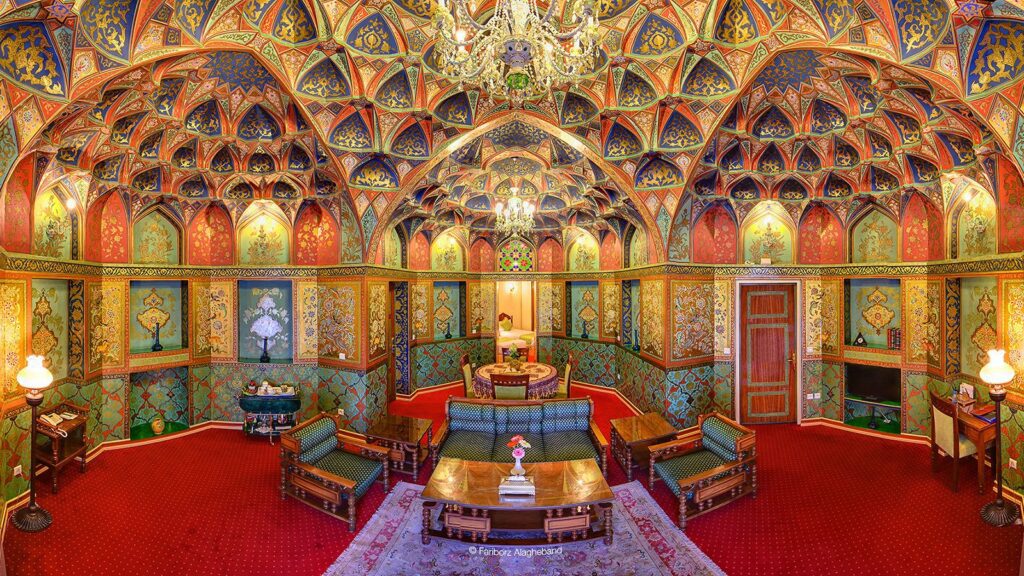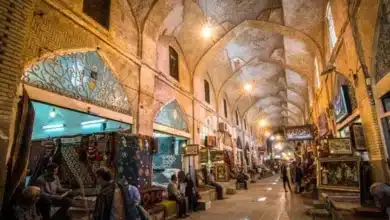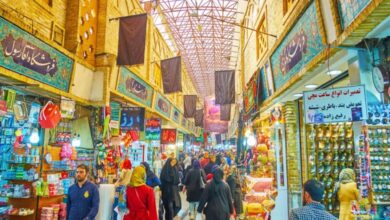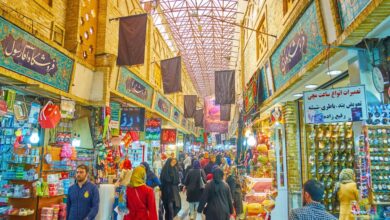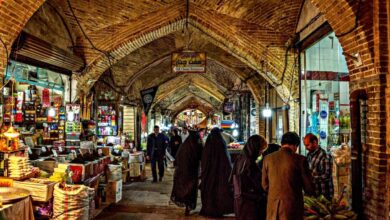Ardabil's Historic Covered Market: A Must-See Attraction
One of Iran's Oldest and Most Enchanting Marketplaces

The Ardabil Historic Covered Market stands out as a prime attraction in Ardabil, showcasing traditional and authentic architecture. This vibrant market has been active since the 7th and 8th centuries AH, continuing to narrate the ancient and historical tale of Ardabil. Featuring various sections such as caravanserais and Timchehs, with the Qeysarieh Market being one of its most significant parts. Join SURFIRAN to delve deeper into Ardabil Bazaar.
Contents
Where is Ardabil’s Grand Market Located?
Situated in the city center, on both sides of Imam Khomeini Street, the market stretches from Imam Hossein Square or Tazeh Square to the north, to Ayatollah Taleghani Streets, Ayatollah Maroofi Boulevard, and Fajr Square to the south, Ayatollah Kashani Street to the east, and Nasr Kandi Sofi Street to the west.
Address: Ardabil Province, Ardabil, Imam Khomeini Street
APPLY ONLINE
Iran Tourist visa
History of Ardabil’s Grand Market

The Ardabil Grand Market is a historical monument whose origins likely date back to the 7th and 8th centuries AH, possibly even earlier. References to this market can be found in 4th-century AH works by geographers like Moqaddasi and Istakhri, describing it in a cruciform shape with a mosque at its center.
In the 4th century, historians depicted the bazaar as a cruciform structure topped with a dome. Originating in the Safavid dynasty between the 16th and 18th centuries, it underwent enhancements during the Zand dynasty in the 18th century, reaching its zenith in the Safavid period.
Ardabil, the cradle of Safavid monarchs and a pivotal religious hub that includes the tombs of Sheikh Safi-ad-din Ardabili and other Safavid forebears, thus became a city of marked significance.
The reign of Shah Tahmasp I saw the marketplace thrive, hosting a variety of specialized sections for grocers, textile vendors, butchers, woodworkers, leatherworkers, and the notable Qeysarieh, among several others.
In the Safavid era, according to historical accounts, the Sheikh Safi-ad-din Ardabili shrine complex had numerous endowments, including houses around the shrine, shops, baths, and the Ardabil market. Revenue from these endowments was used for charitable activities within the city, aiding the poor and needy families.
Architecture of Ardabil’s Grand Market

Today’s Ardabil Bazaar represents works from the Safavid and Qajar periods, comprising different sections such as lanes, Timchehs, caravanserais, a mosque, and a bathhouse. It also houses the Jameh Mosque and the Agha Mosque. The market includes various sections like grocers, butchers, carpenters, saddlers, Qeysarieh, knife sellers, hat makers, the main market lane, and many others.

The market’s architecture features barrel vaults and simple domes, with shops typically three meters wide and dome bases about 80 centimeters in diameter. Natural light enters through openings in the domed ceilings. Despite urban changes in the past half-century leading to the demolition of significant parts of the market and the disconnection of some sections from the central market, it remains a vital center in Ardabil, located along Imam Khomeini Street.
Tips for Visiting Ardabil’s Grand Market
Visiting Hours: Saturday to Thursday from 10:00 to 21:00, Fridays from 10:00 to 18:00.
Admission to the market is free.
Read More
